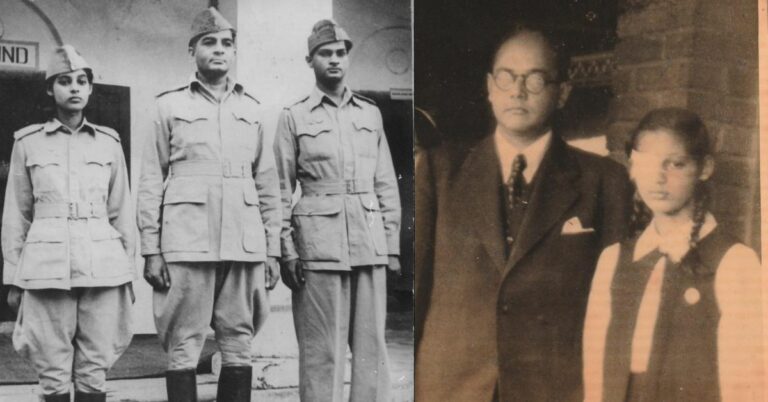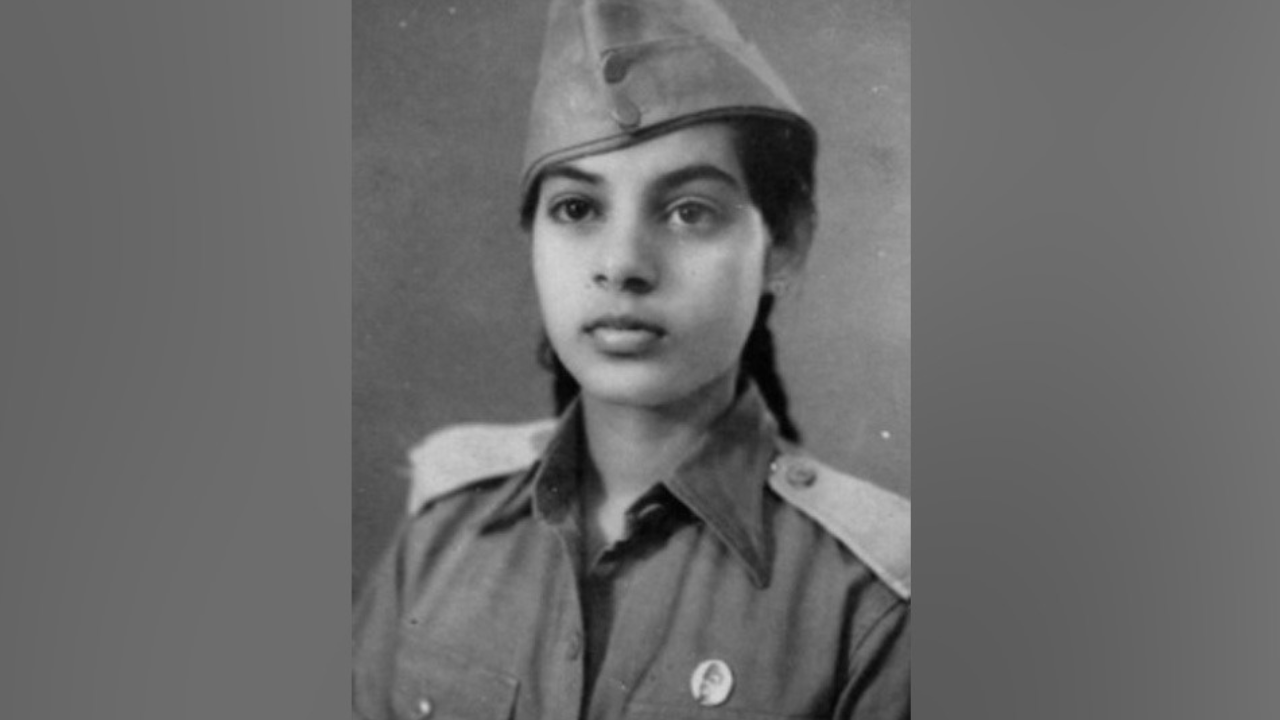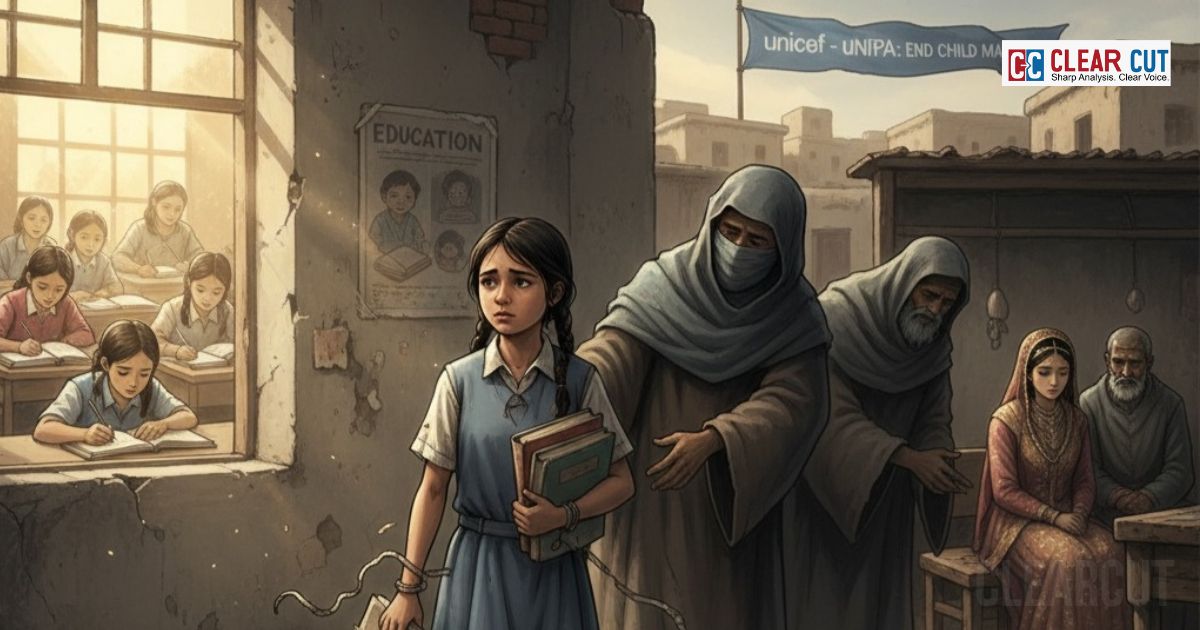Photo Credit: Paresh Kumar
Clear Cut Gender Desk
New Delhi, UPDATED: Aug 14, 2025 10:11 IST
Written By: Paresh Kumar
This morning, when I received a WhatsApp from an old friend, who’s now serving as Wing Commander Ranjan in the Indian Air Force, I got curious about a name he mentioned: Lt. Bharati ‘Asha-san’ Sahay Choudhry. I began searching the internet, and what I discovered completely blew my mind.
At just 15, Asha-san was living in Tokyo, navigating the scarcity and uncertainty of wartime Japan. In June 1943, she wrote in her diary:
“Another day passes without a letter from Papa. It is possible that the plane carrying his letter has crashed into the depths of the ocean, unknown to us.”
Those words….bare, unpolished simply collapse the distance between us and history. In them, I hear the voice of a young girl waiting, worrying, but still carrying the weight of a larger cause.
A few pages later, the tone shifts:
“When we reach Tokyo station, we spot a newspaper: ‘Subhas Bose arrives on submarine.’ Ma becomes ecstatic… We spend the night talking about Netaji.”

INA-era photograph. This places her within the collective endeavour of the Indian National Army, demonstrating women’s military leadership in the freedom struggle.
This was the everyday alongside the extraordinary family conversations unfolding at the very edges of India’s independence struggle.
Asha-san went on to join the Rani of Jhansi Regiment in Netaji’s Indian National Army, which was an all-women combat force. She drilled with rifles, trained in fieldcraft, and marched under a tricolour still forbidden on Indian soil. Her youth was not an obstacle; it was her fuel.
For young girls in India today, her life offers three powerful lessons:
- Courage can start quietly in the small acts of showing up, learning, and persisting.
- Age is not a boundary, what you choose to stand for defines you more than years lived.
- Identity can be expansive: she was Indian by heart, Japanese by upbringing, and a soldier by choice.
In the conversations about Viksit Bharat, a developed India by 2027, we cannot afford to leave women’s voices at the margins. Asha-san’s story is proof that when women take the field, literally or metaphorically, the nation’s future is stronger.

Asha-san in her later years. Image shows the graceful, living legacy of her courage; the silent strength of a freedom fighter turned historian of her own story.
This Independence Day, as we light our diyas and hum the familiar patriotic songs, let’s remember her not as a footnote in history, but as a living call to action. For every young woman who dares to dream and for a country that must make room for those dreams to flourish.
Jai Hind.




